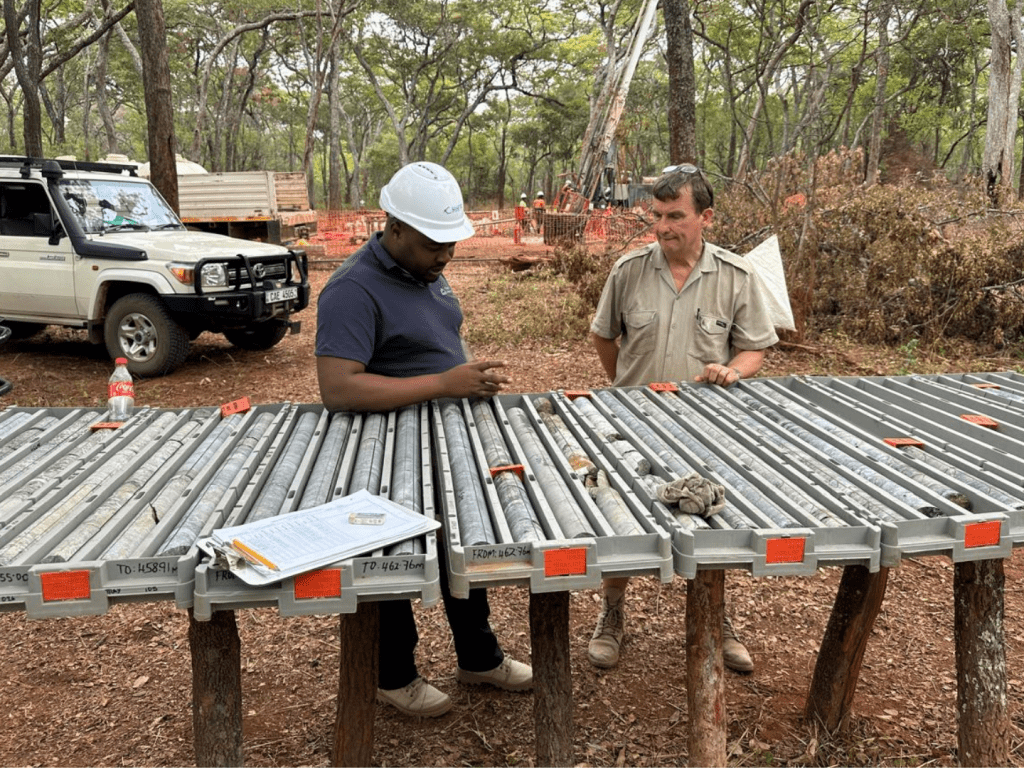Flotation test work at Prospect Resources Limited’s Nyungu Central deposit on primary sulphide samples at its Mumbezhi copper project in north-west Zambia has returned high-grade saleable copper concentrates with excellent recoveries.
The Australian explorer and developer of battery and electrification metals mining projects in sub-Saharan Africa enlisted Australian process consultants Core Metallurgy to conduct the test work.
Prospect’s managing director and CEO Sam Hosack comments: “Prospect is so highly tuned towards reducing risk and upsizing commercial viability, and the metallurgical test work is the mainstay of our strengths in developing our project. This outstanding metallurgical response to simple, conventional flotation confirms the highly favourable copper mineralogy of the Nyungu Central deposit and is a significant geometallurgical advancement for Mumbezhi.
The copper recovery and product quality improvements relative to initial results from Mumbezhi’s previous studies now indicate a coarser grind size, with significant positive implications for lower plant capital and Opex.”

He adds that the results follow Prospect’s successful maiden exploration programme at Mumbezhi, which culminated in the declaration of a maiden mineral resource estimate in March, together with an expanded resource endowment potential.
ALSO READ: Prospect Resources begins Phase 2 drilling at Mumbezhi Project
The test work programme utilised a simple flowsheet, similar to that used at other operations in the Zambian Copper Belt. Representative fresh composite sample achieved a copper concentrate grading 24.6% Cu & 9,000 ppm Co at 96.2% Cu recovery after a single cleaning stage. After two cleaning stages, a copper concentrate grading 33.3% Cu & 2,800 ppm Co was produced with 90.1% Cu recovery.

Other key outcomes include a showing that primary grind size can be coarsened from 150 µm up to approximately 250 µm with minimal impact on copper recovery, which delivers naturally positive implications for future plant capital and operating costs. Relatively high graphitic carbon levels present no barrier to achieving good quality copper concentrates, with test work on transitional material from Nyungu Central, along with fresh sulphide material from the Kabikupa deposit, currently in progress and due towards the end of the second quarter of 2025.

